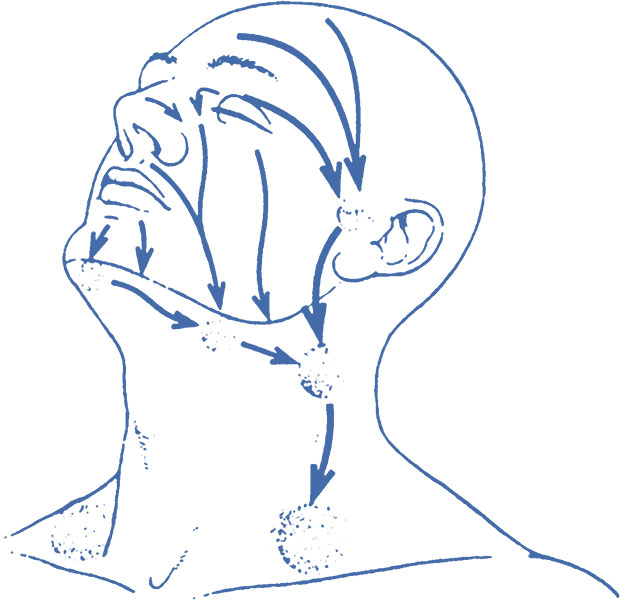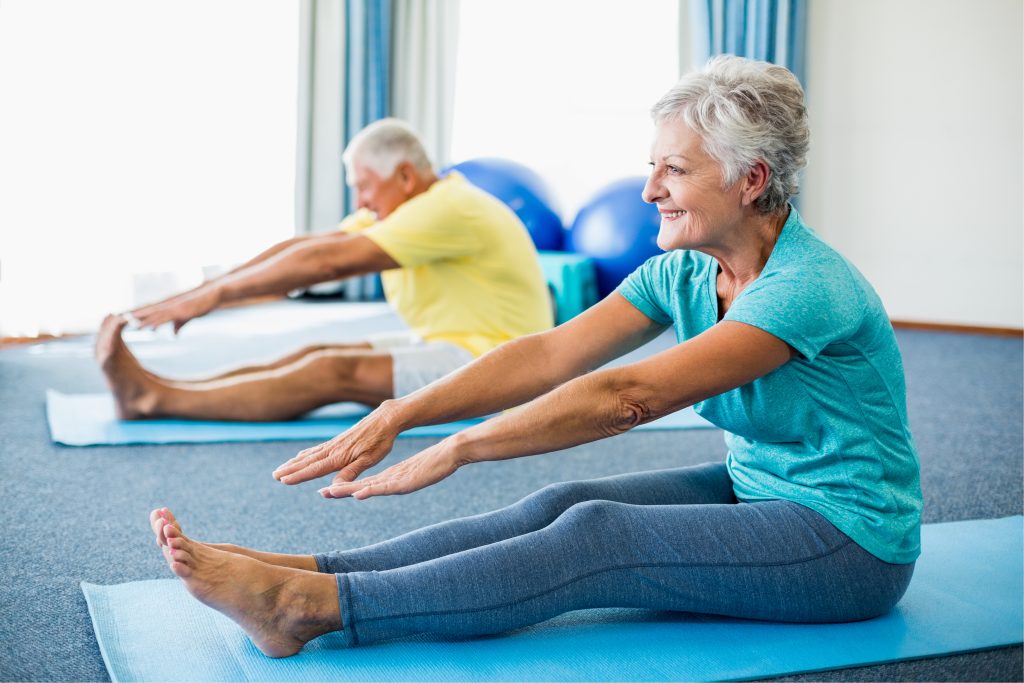Lymphedema is a chronic condition that arises when the lymphatic system, a crucial part of our immune and circulatory systems, becomes damaged or blocked. Unlike the circulatory system, which relies on the heart to pump blood, the lymphatic system depends on muscle movements to transport lymph fluid through its intricate network of vessels and nodes. This system plays a vital role in filtering waste, fighting infections, and absorbing fats.
With up to 700 lymph nodes spread throughout the body, some of the most critical ones are located in the neck. These nodes help filter lymph as it rejoins the bloodstream in the upper chest. However, damage to these nodes—whether due to surgery, radiation therapy, or other causes—can result in swelling known as lymphedema. Head and neck lymphedema, often linked to cancer treatments in these areas, can be particularly challenging.

Fortunately, targeted exercises can help manage this condition by promoting lymph flow, reducing swelling, and improving overall quality of life. Let’s explore specific exercises and tips to address head and neck lymphedema effectively.
The Role of Exercise in Managing Lymphedema
Exercise is one of the most effective ways to manage lymphedema. Muscle movement helps “pump” lymph fluid through the vessels, facilitating its proper drainage. Besides aiding lymphatic flow, exercise has broader benefits: improving circulation, enhancing flexibility, reducing stiffness, boosting mood, and promoting better sleep.

Contrary to outdated beliefs, exercise does not worsen lymphedema. In fact, when done correctly, it can significantly improve symptoms and help individuals regain control over their condition.
Head and Neck Exercises for Lymphedema
The following exercises are designed to improve lymphatic drainage and reduce swelling in the head and neck region. Always perform these exercises gently and avoid pain. If discomfort occurs, stop and consult your healthcare provider or lymphedema therapist.
Neck Exercises
- Turns: Stand upright and slowly turn your head from left to right, keeping your shoulders relaxed. Perform this motion five to ten times.
- Tilts: Tilt your head toward one shoulder, holding the position for two seconds, then return to an upright position and repeat on the other side. Perform five to ten repetitions.
- Chin to Chest: Gradually lower your chin toward your chest until it touches. Hold for two seconds before returning to the starting position. Repeat five to ten times.
Shoulder Exercises
- Shrug your shoulders up to your ears, then relax them down. Repeat this motion five to ten times.
Mouth and Jaw Exercises
These exercises help promote lymphatic flow in the face and jaw:
- Open and close your mouth repeatedly, mimicking a “fish face.”
- Pretend to blow out candles on a birthday cake.
- Smile as broadly as possible.
- Speak the vowels (a, e, i, o, u) in an exaggerated manner.
- Move your jaw side to side, then forward and back without tilting your head.
Repeat each of these movements several times, ensuring they are performed gently and deliberately.
Additional Tips for Managing Head and Neck Lymphedema
- Sleep Position: Elevate your head with two or three pillows to encourage drainage while you sleep.
- Gentle Yoga: Meditative practices like gentle yoga can enhance flexibility, reduce pain, and promote relaxation. Look for classes focusing on slow, deliberate movements.
- Hydration and Skincare: Staying hydrated and maintaining good skin hygiene can help prevent complications such as infections. Shop lymphedema skincare at our partner Lymphedema Products.
When to Seek Professional Guidance
If you’re experiencing persistent swelling or discomfort, consult a certified lymphedema therapist. These professionals can provide personalized exercises, manual lymphatic drainage therapy, and guidance on compression garments to optimize your treatment plan.
To find a Certified Lymphedema Therapist near you, use our Therapist Referral Form!
Take Control with Movement
Managing head and neck lymphedema can feel overwhelming, but incorporating these simple exercises into your daily routine can make a significant difference. With consistent effort and the right techniques, you can reduce swelling, improve mobility, and enhance your overall well-being. Always remember: slow, gentle movements are key to success in managing lymphedema.
For more resources on lymphedema care and to find a certified lymphedema therapist near you, visit Norton School of Lymphatic Therapy.

